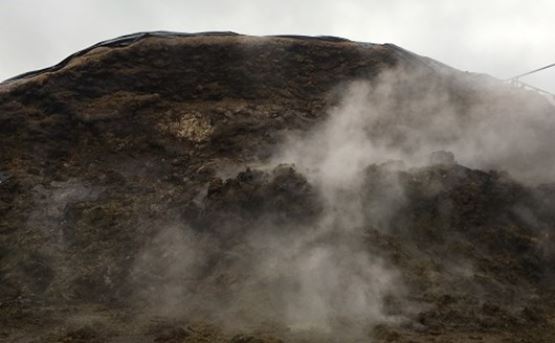- Home
- Knowledge library
- Good consolidation prevents silage slippage
Good consolidation prevents silage slippage
Fast clamp filling is efficient – it no longer takes three weeks to fill a clamp with a herd's winter feed.
However, it risks silage slippage at feed out due to poorly consolidated grass. This not only causes practical handling problems, but it can also introduce mycotoxins into the crevice.
Risk factors include fast filling, larger clamps, higher clamps, and low dry matter silages. The key is to measure density. According to AHDB research, the target is 700g/kg dry matter. Most clamps have a big range in density with problems occurring when a layer of less dense grass is sandwiched between two denser layers. Once the face is cut, it produces a bulge. Further cutting leads to an avalanche then full slippage.
A solid foundation at the base of the clamp is a good start. And clamps need to be filled at an angle of 20 degrees – any steeper than this risks forming friction lines.
Find more information about scientist Dr Dave Davies' AHDB-funded research into silage slippage here:
Webinar: Clamp Silage Slippage – How to try and avoid slippage this season
Podcast: How to avoid clamp silage slippage this season
 Dave Davies
Dave Davies

